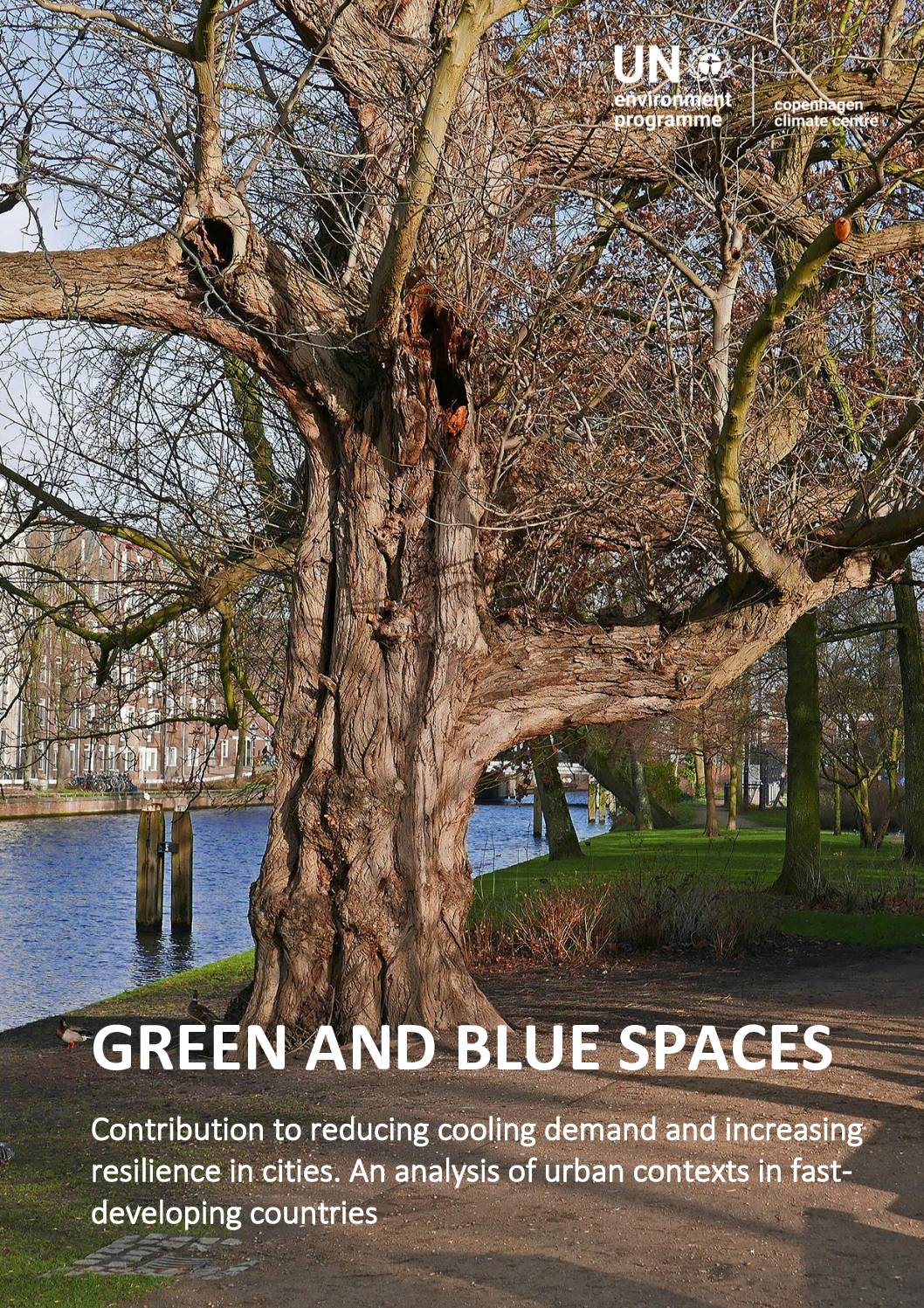Cities facing rising temperatures can combat excessive heat by making use of energy efficiency and nature-based solutions. Energy efficiency helps to mitigate excessive heat, while nature-based solutions can adapt to and withstand it. Adopting better construction practices, building energy efficiency, sustainable transportation policies, planning, and technology can all help cities cope with high temperatures. Reduced energy consumption not only curbs excessive heat but also reduces greenhouse gas emissions, contributing to the fight against climate change. Nature-based solutions, such as green roofs, green walls, urban forests, and blue zones, offer several benefits, including local temperature management, which can help keep cities cool and liveable.
To study how energy efficiency and nature-based solutions can address high heat in global south cities, this research will examine important contributing variables, impediments, and potential for increasing synergy between various mitigation and adaptation methods. It will also explore business models to better integrate current technologies for quick implementation. Moreover, case studies of blue and green spaces in urban heat island effect (Rajkot and Mombasa) will help assess necessary policy and planning conditions to improve opportunities for adopting energy efficiency and nature-based solutions to extreme heat situations.
Download sourceShare this

Sectors: Buildings, Transport
Country / Region: India, Kenya
Tags: best practice, climate change adaptation, climate change mitigation, efficient construction of buildings, energy efficiency, nature-based solutionsIn 1 user collection: C2E2 Publications
Knowledge Object: Cities Cluster, Publication / Report, User generated Initiative
Published by: Copenhagen Centre on Energy Efficiency
Publishing year: 2023
Author: Gabriela Prata Dias, Talat Munchi
